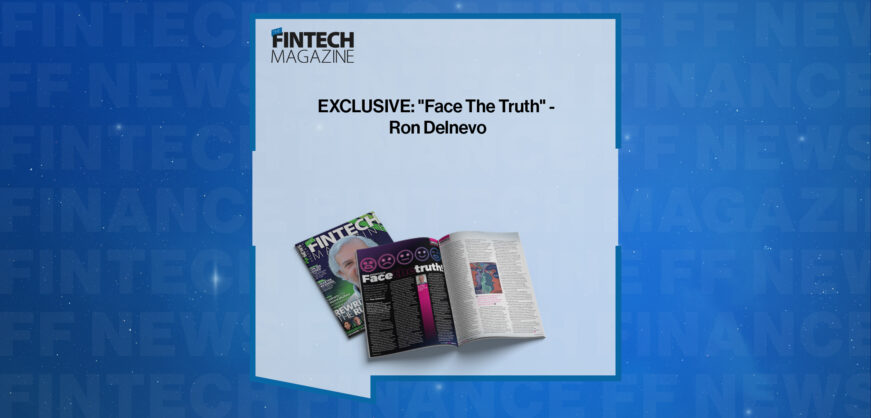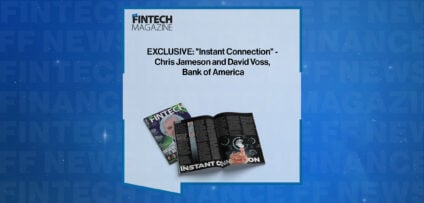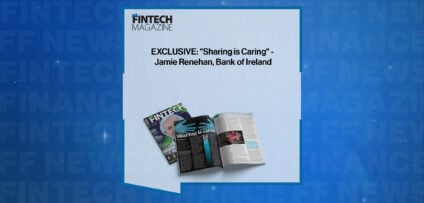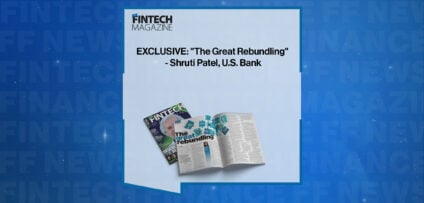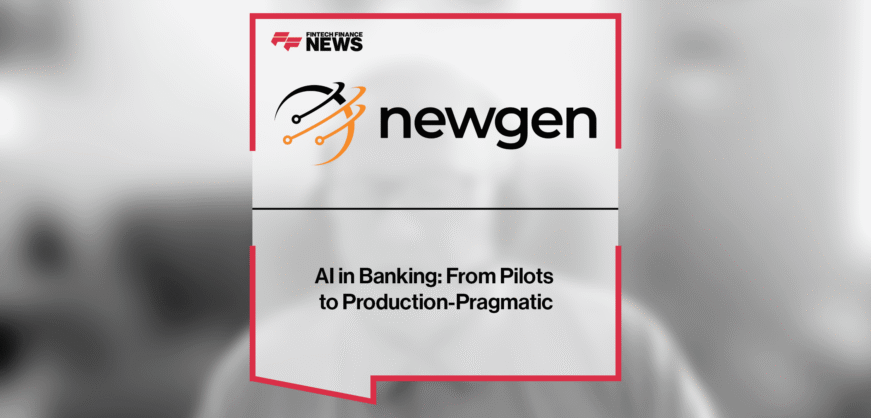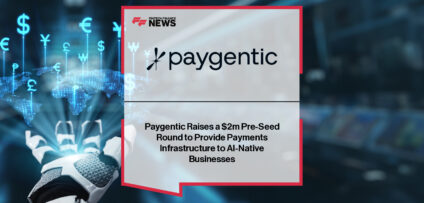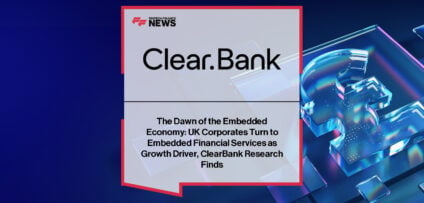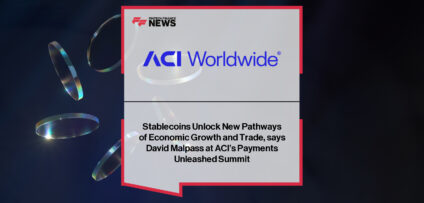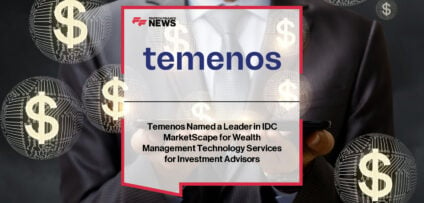Breaking News

EXCLUSIVE: “A Gateway to Future Global Payments” – Jane McEvoy, BVNK in ‘The Fintech Magazine’
BVNK’s Jane McEvoy tells us how stablecoins and distributed ledger technology are smoothing the still bumpy payments border crossing… and perhaps faster than we think
Cross-border payments have been in a rut for a long time. As domestic payment systems accelerated into near-instant bank transfers, automated oversight and free, contactless transfers of even large sums of money, international transfers remained dogged by slow speeds, high prices and laborious methodology.
This often penalised groups of people and businesses who could least afford to wait or pay for the service.
Although major alternative cross-border providers and innovations have emerged to alter the status quo more recently, could a new wave of blockchain-based solutions break the dam and take international payments into a transformative era, one where real-time settlement, achieved without the need for clearing services, is a reality for all?
IBM’s dictionary definition of blockchain is useful in understanding how it could have such a profound impact on the payments space.
“Blockchain is a shared, immutable ledger that facilitates the process of recording transactions and tracking assets in a business network… As a transaction takes place, it’s recorded as a ‘block’ of data, which is linked to the previous and subsequent block, forming an irreversible chain.”
Any distributed ledger technology (DLT) therefore eliminates scope for replicated records; creates immutable evidence of transfers that cannot be edited; and generates smart contracts that define and ensure the terms of those transfers.
Permissioned or public, DLT is a transparent, high-speed transfer highway. And when that technology is paired with stablecoins – a cryptocurrency designed to maintain stable value relative to another asset, typically a fiat currency or commodity – it’s a highway that can bypass legacy-based, cross-border payments systems with their inherent currency conversion costs and challenges.
Perhaps that’s happening more than is publicly acknowledged or recognised, which is a pity, says Jane McEvoy, VP of platform partnerships at BVNK. She contends that the major roadblock on that DLT superhighway isn’t one created by technology, but rather by perception – specifically, the instability associated with cryptocurrencies, which exist in their own parallel universe, but have hijacked the discussion around use cases for DLT.
BVNK bridges traditional payment systems with distributed ledger technology, and evidence from its clients points to increasing institutional support for blockchain and stablecoins, which could drive a larger cultural shift.
“Tier 1 banks really need to be publicising that they are utilising blockchain technology to move money cross-border. That will naturally have a positive impact on the market, and move away from this mindset of crypto being part of a ‘big bad world’,” says McEvoy.“We have a number of clients that we’re working with at the moment for whom there’s huge benefit in using blockchain technology. Trust [in blockchain] will come from higher adoption.”
Meanwhile, recent institutional buy-in to stablecoins from key players includes Société Générale, which in December 2023 became the first major bank to publicly list its own. The Bank of England has recently kicked off a series of discussions around how best to regulate the use of stablecoins in the UK economy, indicating it’s a case of when, not if, stablecoins will become a feature of the payments system.
Even Swift, the global banking cooperative that re-imagined the international payments transfer space in 1973, has gone from dismissing the potential of ledger-based stablecoins to running its own experiments in blockchain-based payment solutions.
“Tier 1 banks really need to be publicising that they are utilising blockchain technology to move money cross-border. That will naturally have a positive impact on the market”
PayPal has launched its own stablecoin, PYUSD, and VISA is doubling down on making stablecoin settlement capabilities available to merchant acquirers, using the Solana blockchain. But while mature economies play around the edges, emerging ones are embracing the dynamic combination of DLT and stablecoins.
As the value of global stablecoin settlements reached a milestone of $7trillion in 2023, Latin America emerged as a leading adopter, with a Mastercard survey showing 51 per cent of consumers there had used digital currencies for purchases, with one-third relying on stablecoins for routine shopping.
“We’re seeing more of an impact on business between these emerging markets and back into Europe,” says McEvoy. “The globalisation of the economy means clients are doing a lot more business in LATAM, Africa, too, and a number of clients are paying invoices in stablecoin because the end receiver would rather be paid in that than their local currency, due to its volatility.
“The only way the payee can initiate stablecoin payments is through blockchain technology. In fact, stablecoin settlement is one of the largest pieces of our book to date. With blockchain, every transfer is traceable. There’s a higher level of security. And that’s really important for doing business in an emerging market, with the concerns around whether funds are actually going to arrive.
“At BVNK, we have products for each different stage of the journey. Take a large electronic money institution (EMI), or even a bank, that is focussed on cross-border payments. They want to dip their toe into the stablecoin arena, and they’ve had some client demand to do that. We offer a seamless onramp and offramp for the end user and there’s no exposure to crypto in that flow because we manage all of it, from a treasury and operations perspective.
“So they can basically accept crypto as a means of payment, and receive fiat instantly. At the other end of the spectrum, we can offer crypto-as-a-service, for want of a better way of describing it.
“I very much see a stablecoin wallet sitting alongside your EUR, GBP, USD wallet,” continues McEvoy. “And you can initiate payments and receive payments from that if you’re in a country where they accept crypto as a method of payment.”
So what does all this mean for ‘conventional’ money? Could the rise of ledger-backed stablecoins ultimately disrupt the finance space so that central banks are redundant?
According to Christian Catalani and Jai Massari at the Harvard Business Review, the rise of stablecoins may lead to an adjustment in how we use money and the role of the central bank, rather than a revolution. They believe ‘true stablecoins’ and central bank digital currencies (CBDCs) will happily co-exist in a multi-rail currency environment.
This sentiment is echoed by McEvoy: “There’s no way I see blockchain being the only means for moving money cross-border. We will have a multi-rail system – we’ll still use the likes of SEPA in Europe, CHAPS and BACS in the UK, or even ACH in the US, for funding transfers. However, in order to send them back to the sender, you might use blockchain.
“It’s about marrying up the two, and that’s not going to just need buy-in from banks and enterprise clients; it will also take a lot from a regulatory perspective. A multi-rail system, though, that uses both blockchain and local methods for moving money, is ultimately where we are going to get to.”
CASE STUDY
Nova: Stablecoins speed up settlement for SMEs
Noda is a global payment services provider that allows SMEs in ecommerce, travel, igaming, and financial services to accept open banking payments as an alternative to cards. It works to broaden their operational and customer base without the excessive fees or complicated processes that are traditionally associated with international transactions, which can take days. By 2022, Noda was receiving an increasing number of requests from clients for stablecoin settlement.
“Some fintechs we spoke to couldn’t support the stablecoin payment flows we needed,” says Noda’s COO Anastasija Tenca. “For those that could, it wasn’t always easy to make these payments, and required a lot of effort from our team.”
But BVNK proved the right fit. After just a few months of using its virtual accounts and stablecoin infrastructure, Noda moved 90 per cent of its stablecoin settlements to BVNK and now converts €2million into USDT stablecoins every month, to pay out to merchants
“Another important thing is that BVNK takes its commission directly from us, meaning our customers always get the exact amount that we promised them,” says Tenca. “This change has made our customers much happier.
This article was published in The Fintech Magazine Issue 31, Page 52-53
People In This Post
Companies In This Post
- AI in Banking: From Pilots to Production-Pragmatic Read more
- EXCLUSIVE: “Smarter Decisions. Smarter Operations” – Akber Jaffer, Smartstream in ‘The Paytech Magazine’ Read more
- Paygentic Raises a $2m Pre-Seed Round to Provide Payments Infrastructure to AI-Native Businesses Read more
- The Dawn of the Embedded Economy: UK Corporates Turn to Embedded Financial Services as Growth Driver, ClearBank Research Finds Read more
- Stablecoins Unlock New Pathways of Economic Growth and Trade, says David Malpass at ACI’s Payments Unleashed Summit Read more






